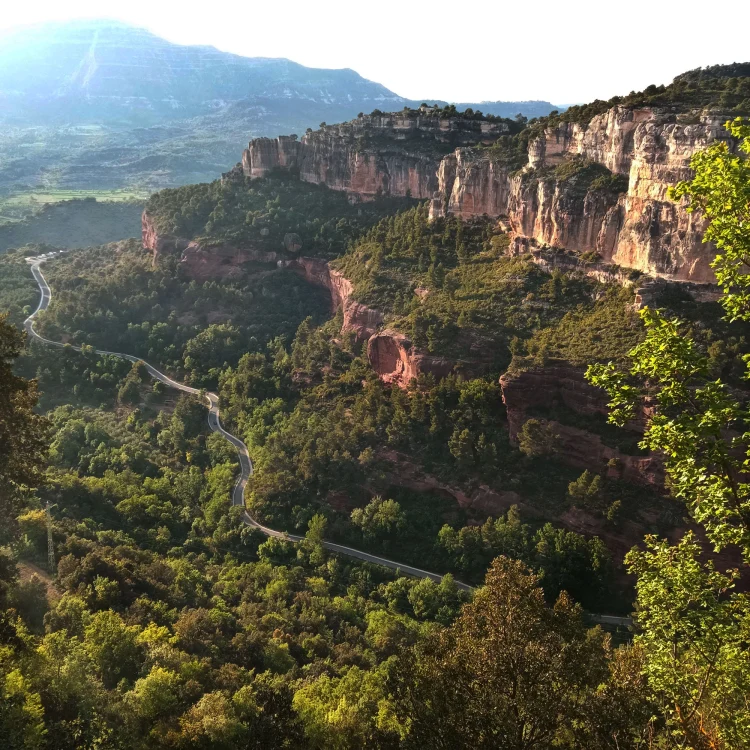I’ve always loved finding out the legends of any place I’ve visited. More than facts and figures, a legend stands for a beautiful narrative and, perhaps, a fictional example that serves reality in a particular way. Like the legend of Siurana.

Legend has it that a princess jumped off the cliff during the reconquest of Siurana. As Siurana, with its impregnable position, was the last fort still standing under Muslim rules during the reconquer of Catalunya. The castle was finally conquered in 1153, after three centuries of failed attempts, and after larger cities such as Lleida and Tortosa. The princess was beautiful Abdelazia (the adjective is also imposed by legend). When the Christian troops broke in, she preferred to cast herself off the cliff into the abyss on her horse rather than fall into enemy hands. However, her white horse tried to stop the fall, and legend says that the horse’s horseshoe mark can still be seen next to the precipice. Just look for El Salt de la Reina Mora, or Moorish Queen’s Leap.

Why start with Abdelaiza when talking about Siurana? Because the legend and its details account for the peculiarity of the place. Siurana, the once impregnable Siurana, rests on a cliff, since literally immemorial times. Proof of this is the old town perched on a limestone crag, with cobbled streets, stone houses, a Romanesque style church, and the remains of the 9th century Arab castle.

The church of Santa Maria is a well-preserved building from the Romanesque period. It was built between the 12th and 13th centuries, following the arrival of the Christian troops in 1153.

The church is a fine example of beauty combined with simplicity on a floor plan with a single nave and a semicircular apse. Its doorway features a carved tympanum framed in three round arches, resting on columns with capitals decorated with geometrical and figurative motifs.

Siurana also conserves the remains of the Arab castle, a military establishment built around the 9th century as a center to control the territory. It was part of a large area under Muslim domination, and this strategically placed fortification guarded the way into the village. Ramon Berenguer IV conquered it in 1153. Following its fall, it passed into the hands of nobles serving Ramon Berenguer IV, and it also served as a dowry for Catalan queens, to guarantee pacts and loans and even as a prison for people of some importance.

Although it is pleasant to walk through the interior of the town, what stands out most in Siurana is what unfolds below the mountain and towards the horizon. Siurana offers some of the best views in all of Catalunya towards the Priorat river, the Montsant mountain range, or the Gritella peak.

The most spectacular view is the one that offers complete views of the town, the mountains and the Siurana Reservoir at the same time. Also, the route of els Camins atics de Siurana, a beautiful path that climbs to the enclave of Siurana from the town of Cornudella de Montsant, might be another great way to enjoy the views and the mountains around.

There’s even something more to it. If you get there in the afternoon, like we did, just stay and watch the sunset.


One thought on “Siurana”